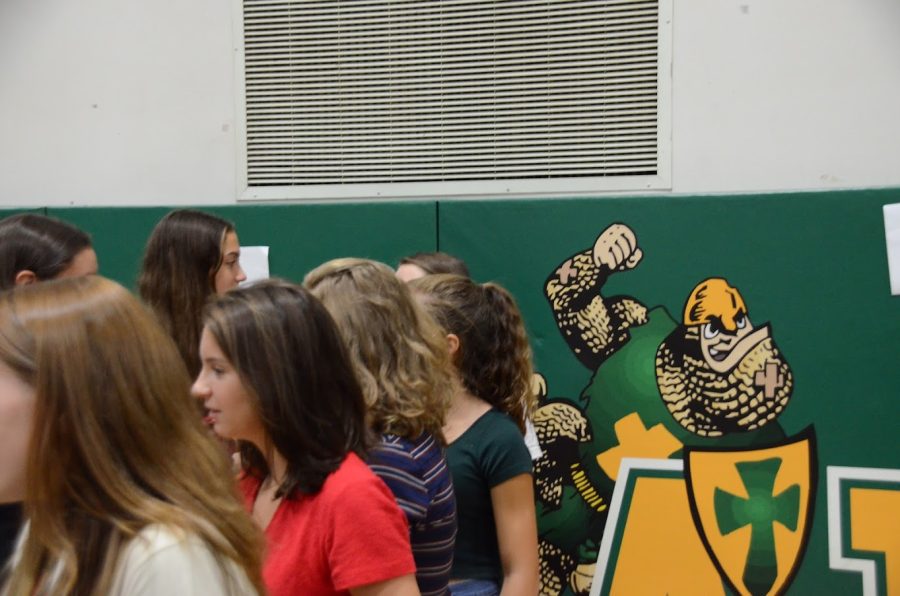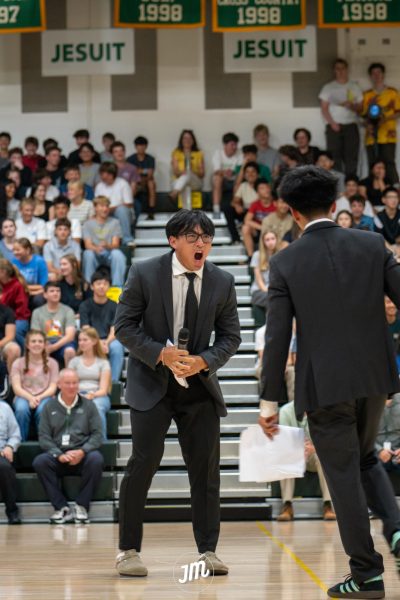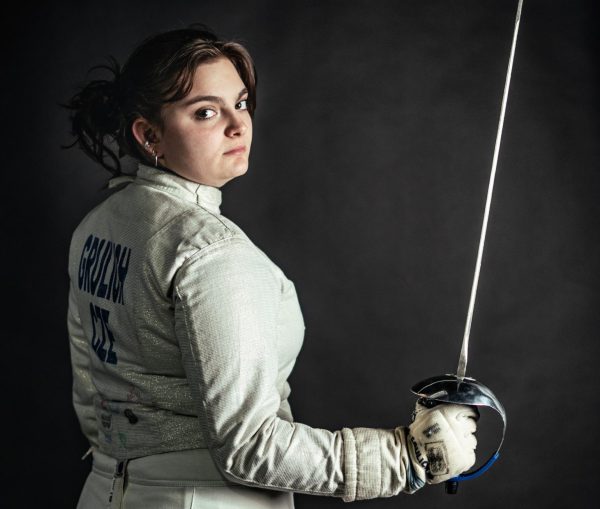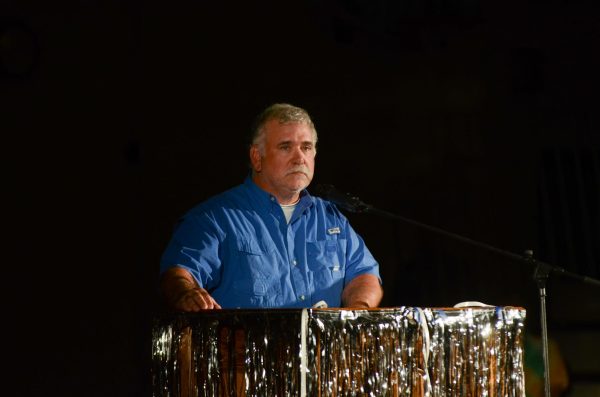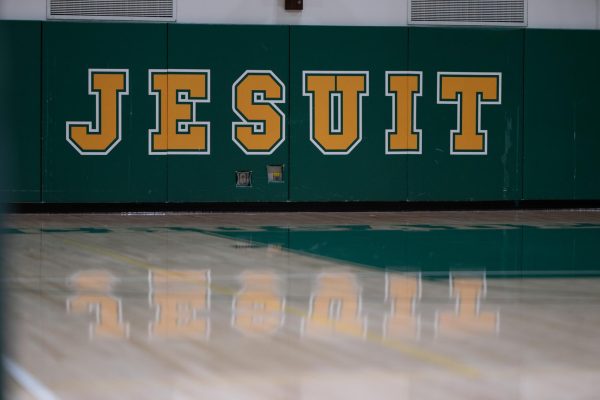Crusader Mascot Change: Student Perspectives
Students Discuss Crusader Mascot Change
On July 6, 2021, Jesuit High School announced that they will retain the name “Crusaders” but discontinue any further use of the visual representation of “Charlie Crusader,” the medieval knight image created in 1963.” Because the final decision was made over the summer, some students feel that there weren’t enough opportunities for students to debrief the change. In order to stimulate student conversation, these students stepped forward to offer their perspectives on the issue in hopes that other students would be encouraged to continue the conversation around the Crusader mascot change.
Sophomore Ashley Hintzman and senior Shreya Kaushik both voted in the survey to remove the Crusader mascot and name. Their decision was based on the rationale that if either one stayed, the negative connotations that each represented would still hold.
“If you remove just the mascot then the name is still there, that implication is still there even if the mascot changes,” Hintzman said.
“I remember…when I walked into Jesuit and asked my freshman faith formation teacher, and we were learning about this in history at the same time, ‘why is our mascot the Crusaders if the whole point of the Crusades was to oppress another religion and another culture?,” Kaushik said. “That is why I don’t think the Crusaders are something we should embody because we should be inclusive of all religions, of all cultures, or everyone, and make sure everyone feels included.”
When the final decision announced that the Crusader mascot was going to be removed, Kaushik was pleased as she believed that the medieval knight image failed to embody the values of Jesuit students.
“The mascot itself, I felt, was very aggressive,” Kaushik said. “It didn’t portray the values of community that I saw at Jesuit. I felt like it portrays Jesuit and portrays our community as something we are not and causes people at Jesuit to portray values that are not inclusive and welcoming.”
Kaushik was discontent, however, with the decision to retain the Crusader name, adhering to her previous sentiments about its negative connotations.
“I think that Jesuit has done their research and has had their committee, but I personally don’t agree with the final decision that they made,” Kaushik said. “I definitely still think that there needs to be a change because Crusader still promotes negative connotations for the school and invites students to do negative things.”
In contrast to Hintzman and Kaushik, sophomore Ali Mo chose to keep the Crusader name and mascot primarily because of its significance to Jesuit tradition.
“I voted to not remove the Crusader mascot or name,” Mo said. “I voted the way I did because in a sense it’s tradition, and Jesuit has had this mascot for years, so it kind of resembles this timeless tradition. The way that I voted, however, was mainly about relabeling the Crusader mascot. I know that the mascot has negative connotations, but I thought it was best to re-label it and say that the mascot doesn’t really represent hate, but more bravery, education, and loyalty.”
Despite the difference in opinions, Hintzman and Mo were in agreement that there should be continued conversations about the Crusader mascot change, especially for those grappling with the decision.
“I think we could still have a conversation about it,” Hintzman said. “I’m not sure it would be as easy to get it changed now, but if that’s possible for sure.”
“I think that it is really important to talk about the mascot even after the decision has been made because I think it’s important to take accountability for one’s actions,” Mo said. “It also draws back the question of like, we teach history to remember the past, accept it, and then learn what to do differently. I think sparking that conversation is really important because it gives you context for the mascot by reinterpreting it.”
When questioned about how the mascot change has affected her Jesuit experience, Kaushik stated that it hasn’t at all, which she argues is part of the problem.
“It started out junior year, and I’m really proud to be the class that is engendering this type of change, but I don’t think it has affected my time at Jesuit at all,” Kaushik said. “I watched the videos they sent out and took the surveys, but it hasn’t been something people are really motivated to change. I feel like it’s not our problem, so no one works on it and nothing ends up changing.”




